Top 10 Places In South Africa You Should Have On Your Bucket List
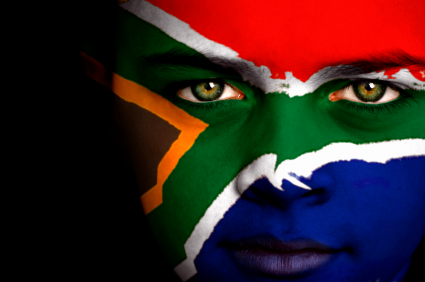
Our country at the tip of the African continent has so much to offer to everyone; you truly will be spoilt for choice! Before you venture out into the world and visit other countries and their incredible landmarks why not take a detour at home first and find out what South Africa has to offer you!
Here’s a list of South African places to visit every South African should have on their Bucket list.
Kruger National Park
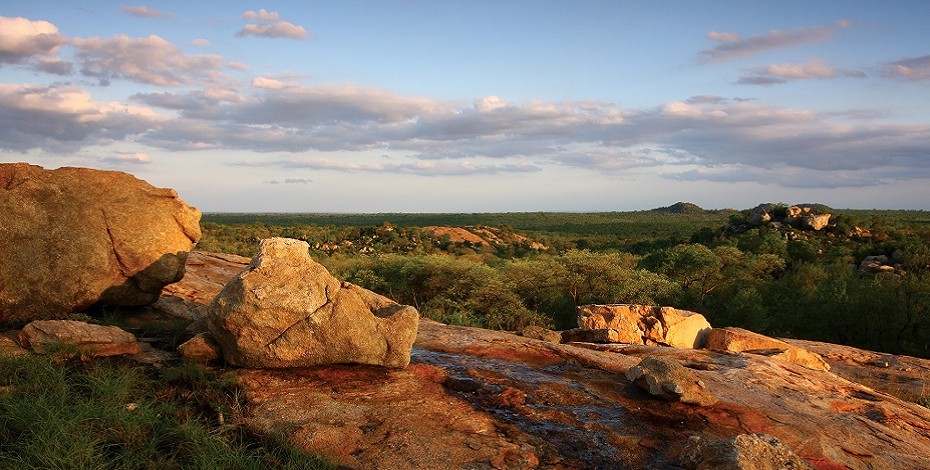
Kruger National Park is one of the largest game reserves in Africa. It covers an area of 19,633 square kilometres (7,580 sq mi) in the provinces of Limpopo and Mpumalanga in northeastern South Africa, and extends 360 kilometres (220 mi) from north to south and 65 kilometres (40 mi) from east to west. The administrative headquarters are in Skukuza. Areas of the park were first protected by the government of the South African Republic in 1898, and it became South Africa’s first national park in 1926.
The park is part of the Kruger to Canyons Biosphere an area designated by the United Nations Educational, Scientific and Cultural Organization (UNESCO) as an International Man and Biosphere Reserve (the “Biosphere”).
The park has nine main gates allowing entrance to the different camps.
Knysna-Amatole montane forests
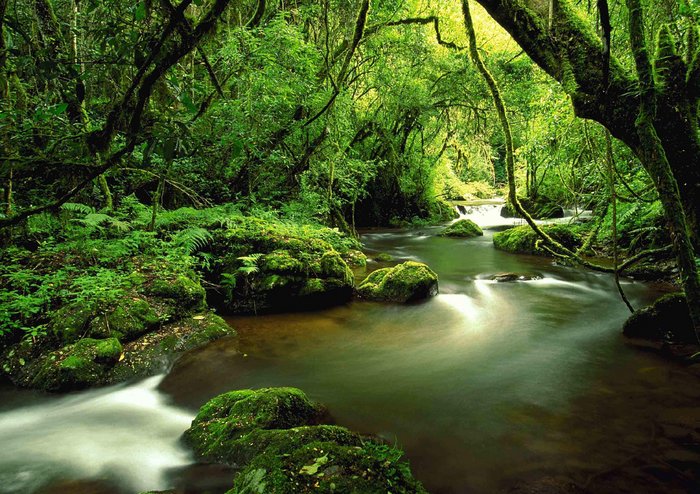
The Knysna-Amatole montane forests ecoregion, of the Tropical and subtropical moist broadleaf forests Biome, is in South Africa. It covers an Afromontane area of 3,100 square kilometers in South Africa’s Eastern Cape and Western Cape provinces.
Big Hole-Kimberly
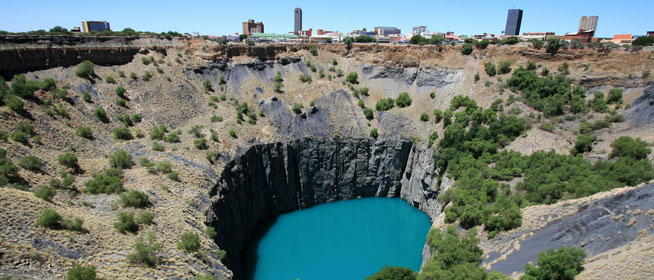
The Big Hole, Open Mine or Kimberley Mine is an open-pit and underground mine in Kimberley, South Africa, and claimed to be the largest hole excavated by hand, although this claim is disputed.
Babylonstoren valley
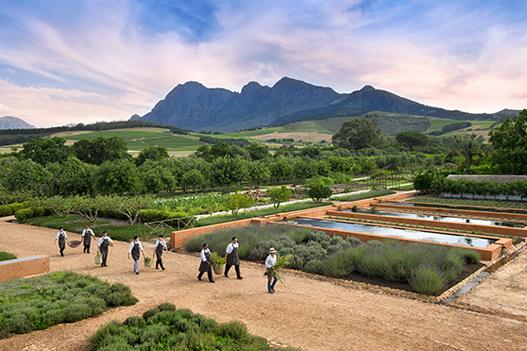
Dating back to 1690, Babylonstoren is one of the best preserved werfs (farm yards) in the Cape Dutch tradition. Surrounded by vineyards and orchards, it is situated in the Drakenstein Valley, on the slopes of the Simonsberg, between Franschhoek and Paarl, in the Western Cape region of South Africa.
A formal fruit and vegetable garden of botanical diversity, inspired by the Company’s Gardens in Cape Town, supplies Babylonstoren’s restaurant Babel with fruit and vegetables.
The accommodation at Babylonstoren comprises fourteen cottages, and guests have access to the entire farm, as well as to spa and gym facilities. The hotel and restaurant offer top-class facilities within the comfortable atmosphere, amongst the simple daily rhythms of a working farm.
Also on the farm are vineyards, an extensive winery, a bakery, farm shop, smoke house and distillery.
God’s Window
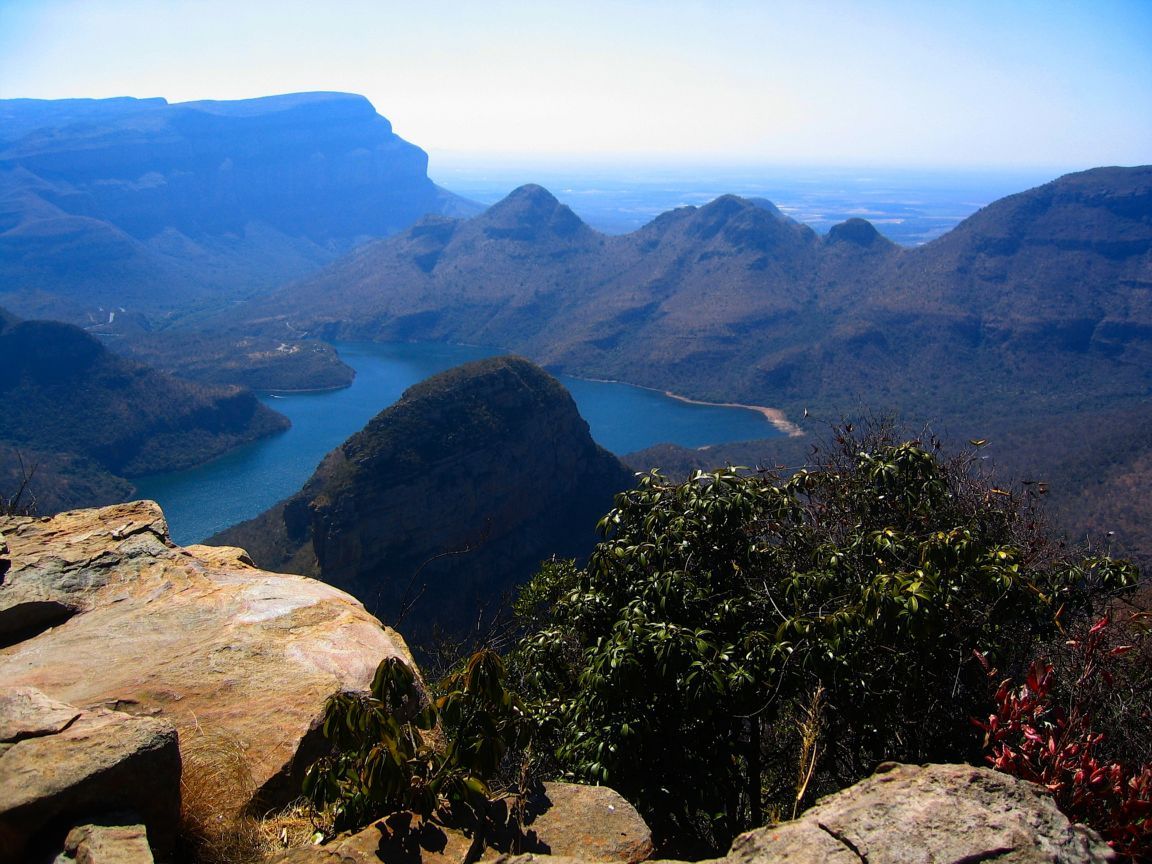
God’s Window is a highlight along what is known as the Panorama Route in the eastern Mpumalanga province. The natural wonders on the route range from cascading waterfalls to impressive mountain gorges. Along with God’s Window, other well-known spots on the route include Bourke’s Luck Potholes, the Three Rondavels, the Mac Mac Falls and the Blyde River Canyon.
The reserve is also home to various species of antelope, and viewing sites are provided along the length of the canyon.
Robben Island
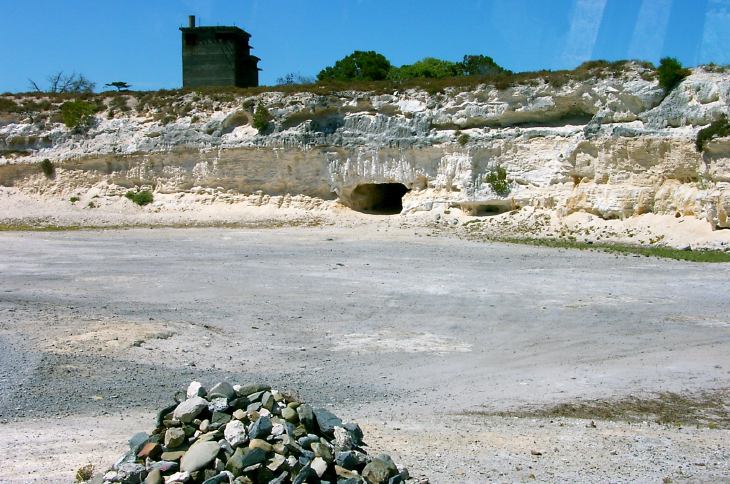
Robben Island (Afrikaans: Robbeneiland) is an island in Table Bay, 6.9 km west of the coast of Bloubergstrand, Cape Town, South Africa. The name is Dutch for “seal island”. Robben Island is roughly oval in shape, 3.3 km long north-south, and 1.9 km wide, with an area of 5.07 km².It is flat and only a few metres above sea level, as a result of an ancient erosion event. The island is composed of Precambrian metamorphic rocks belonging to the Malmesbury Group.
Kirstenbosch National Botanical Garden
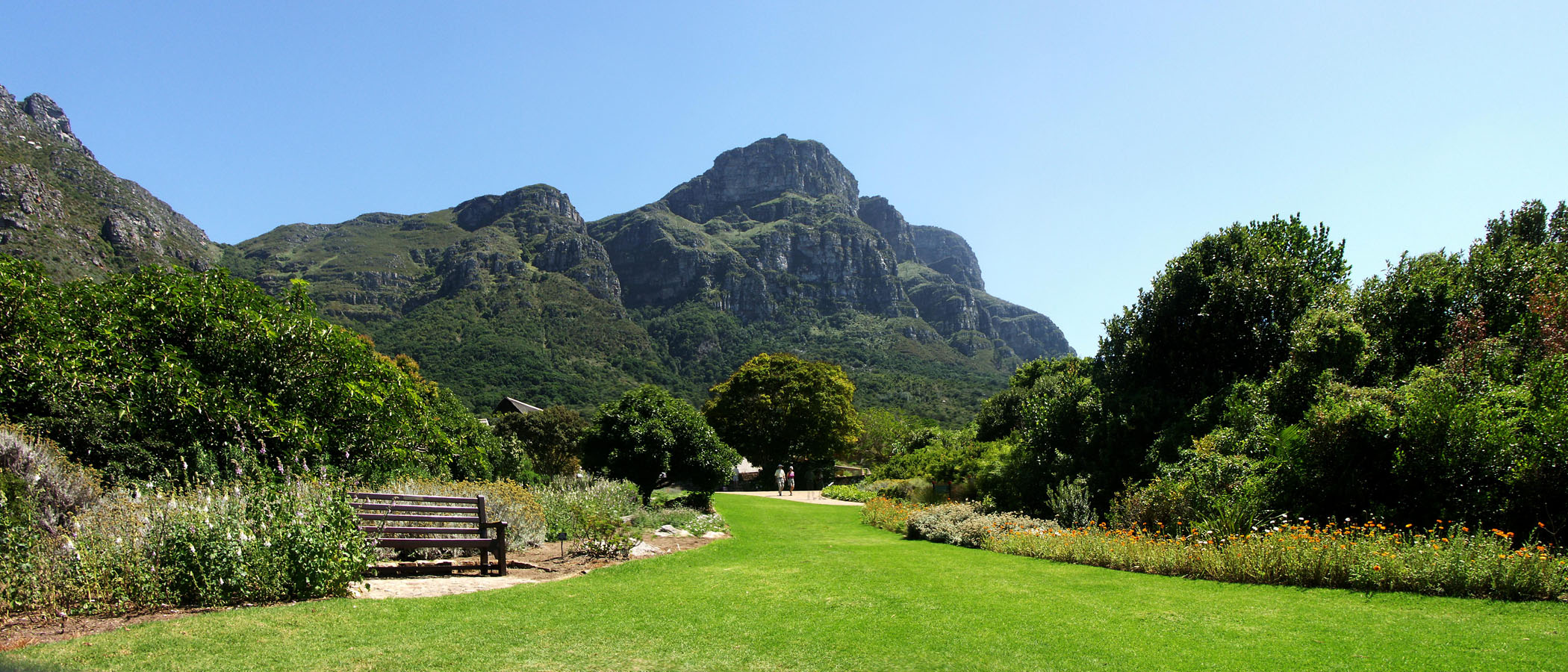
Kirstenbosch is a famous botanical garden nestled at the foot of Table Mountain in Cape Town.. The garden is one of nine National Botanical Gardens covering five of South Africa’s six different biomes.
Victoria & Alfred Waterfront
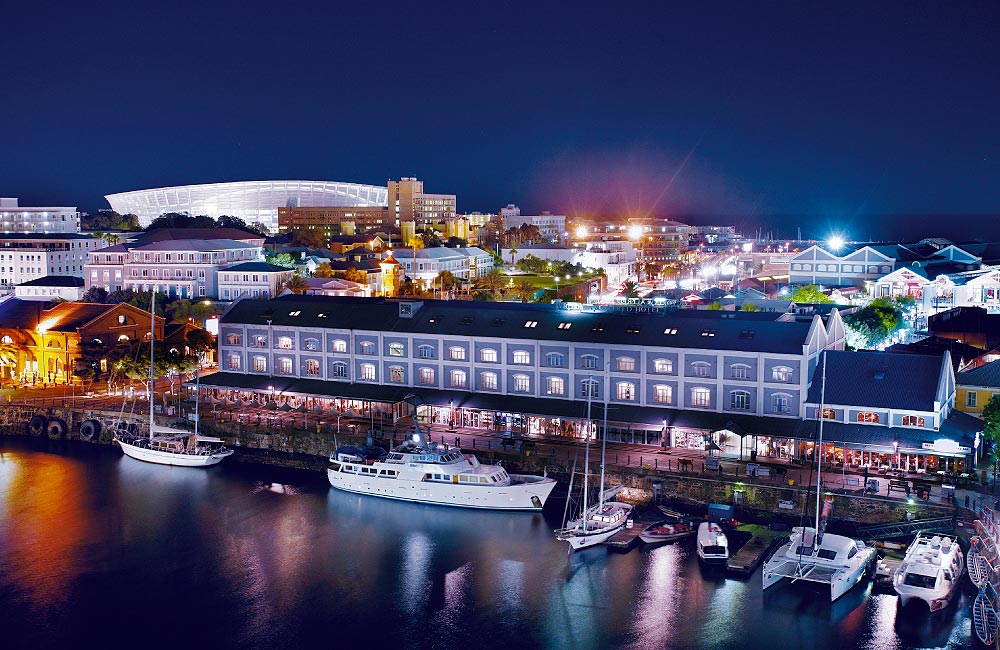
The Victoria & Alfred (V&A) Waterfront in Cape Town has sweeping views of the Atlantic Ocean, Table Bay Harbour, the City of Cape Town and Table Mountain.
It is a favourite destination for Capetonians and tourists alike; attracting more than 23-million visitors a year, which makes it the most visited destination on the African continent. Of the total visitors to the V&A, 55% are Capetonians, 19% from the rest of South Africa and 26% are international. Visitor numbers to the Victoria Wharf grew by 7% during 2013, and a peak of 175 000 visitors was recorded on 31 December of that year.
Situated in South Africa’s oldest working harbour, the 123-hectares space has been developed for mixed use. It offers to visitors leisure, shopping, entertainment and business.
Blyde River Canyon Nature Reserve
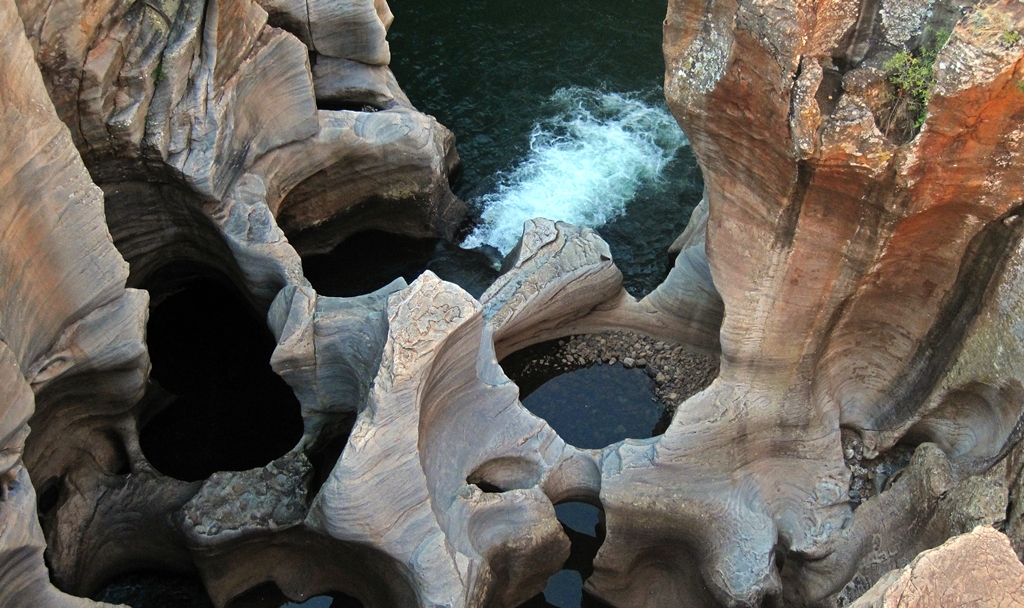
Blyde River Canyon Nature Reserve (or Motlatse Canyon Provincial Nature Reserve) is situated in the Drakensberg escarpment region of eastern Mpumalanga, South Africa. The reserve protects the Blyde River Canyon, including sections of the Ohrigstad and Blyde Rivers and the geological formations around Bourke’s Luck Potholes, where the Treur River tumbles into the Blyde below. Southwards of the canyon, the reserve follows the escarpment, to include the Devil’s and God’s Window, the latter a popular viewpoint to the lowveld at the reserve’s southern extremity.
Cradle of Humankind
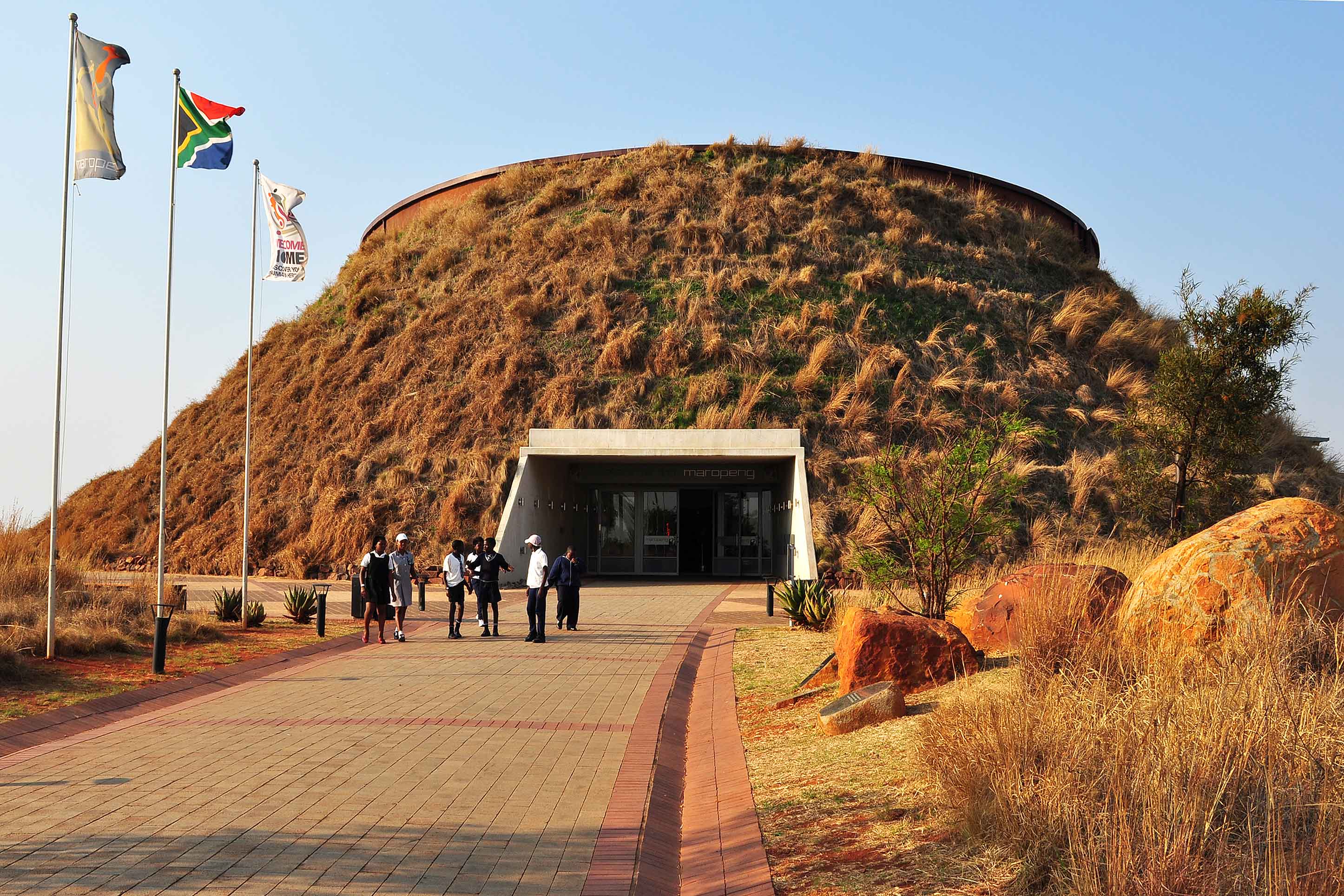
The Cradle of Humankind is a World Heritage Site first named by UNESCO in 1999, about 50 kilometres northwest of Johannesburg, South Africa in the Gauteng province. This site currently occupies 47,000 hectares (180 sq mi);it contains a complex of limestone caves, including the Sterkfontein Caves, where the 2.3-million year-old fossil Australopithecus africanus (nicknamed “Mrs. Ples”) was found in 1947 by Dr. Robert Broom and John T. Robinson. The find helped corroborate the 1924 discovery of the juvenile Australopithecus africanus skull, “Taung Child”, by Raymond Dart, at Taung in the North West Province of South Africa, where excavations still continue.
The name Cradle of Humankind reflects the fact that the site has produced a large number, as well as some of the oldest, hominin fossils ever found, some dating back as far as 3.5 million years ago.Sterkfontein alone has produced more than a third of early hominid fossils ever found prior to 2010.




